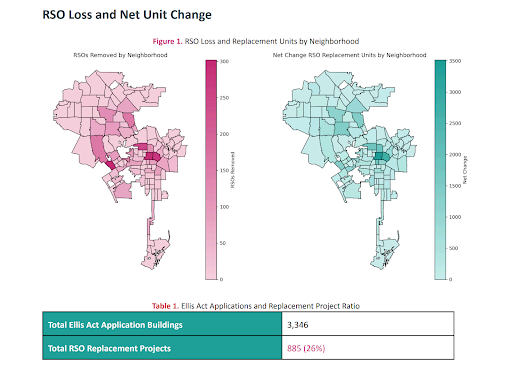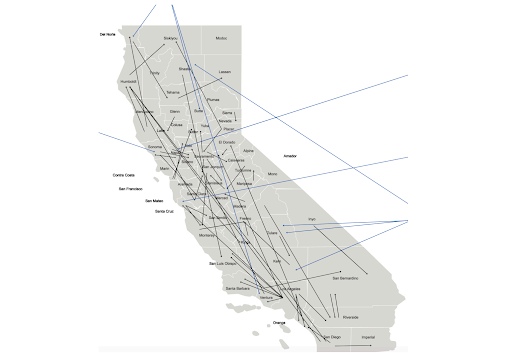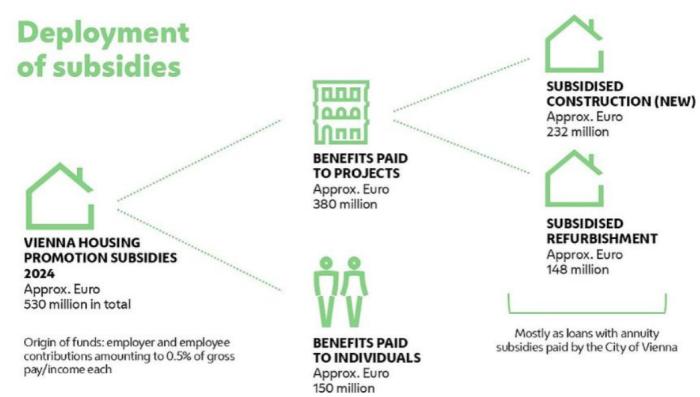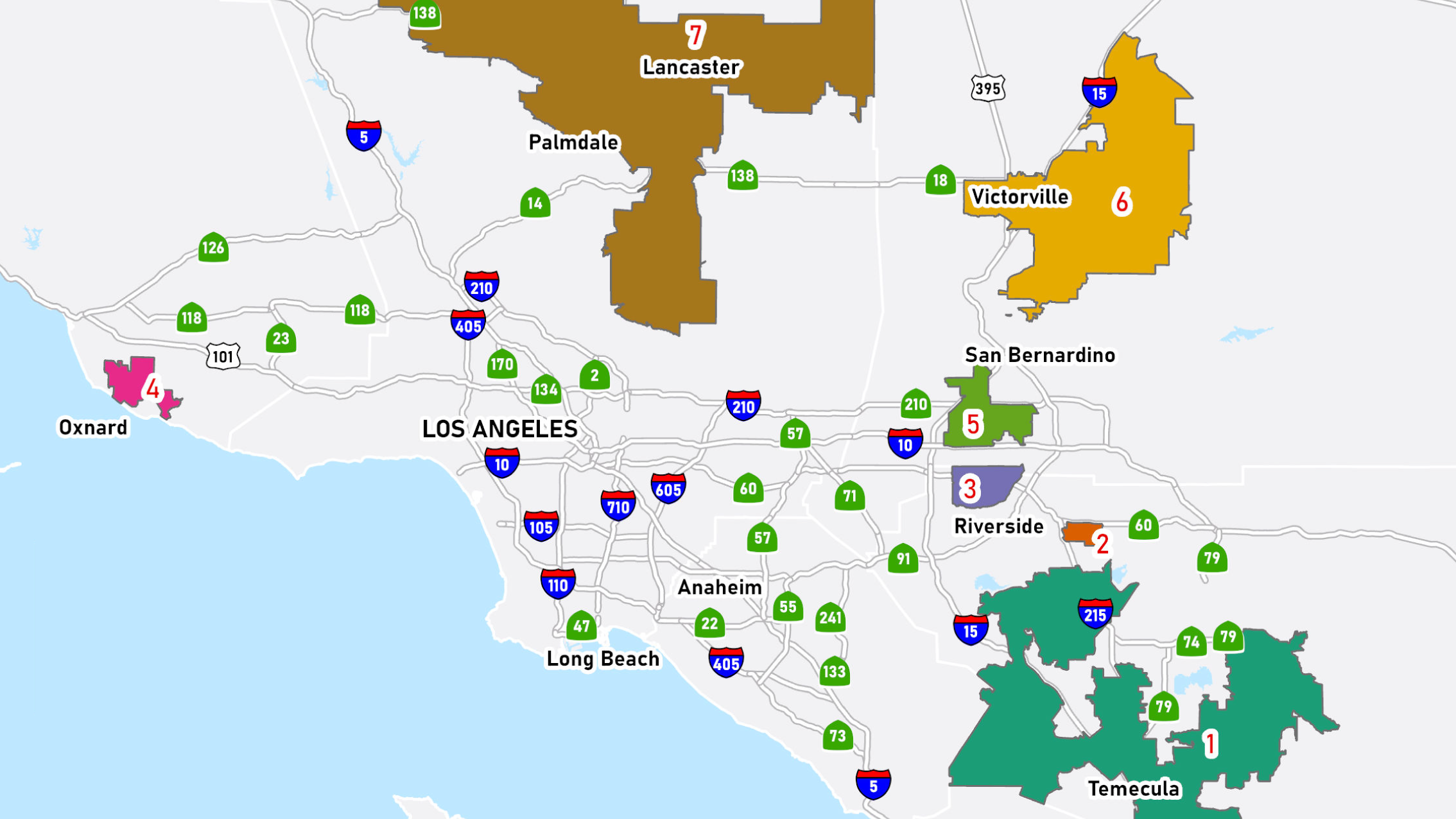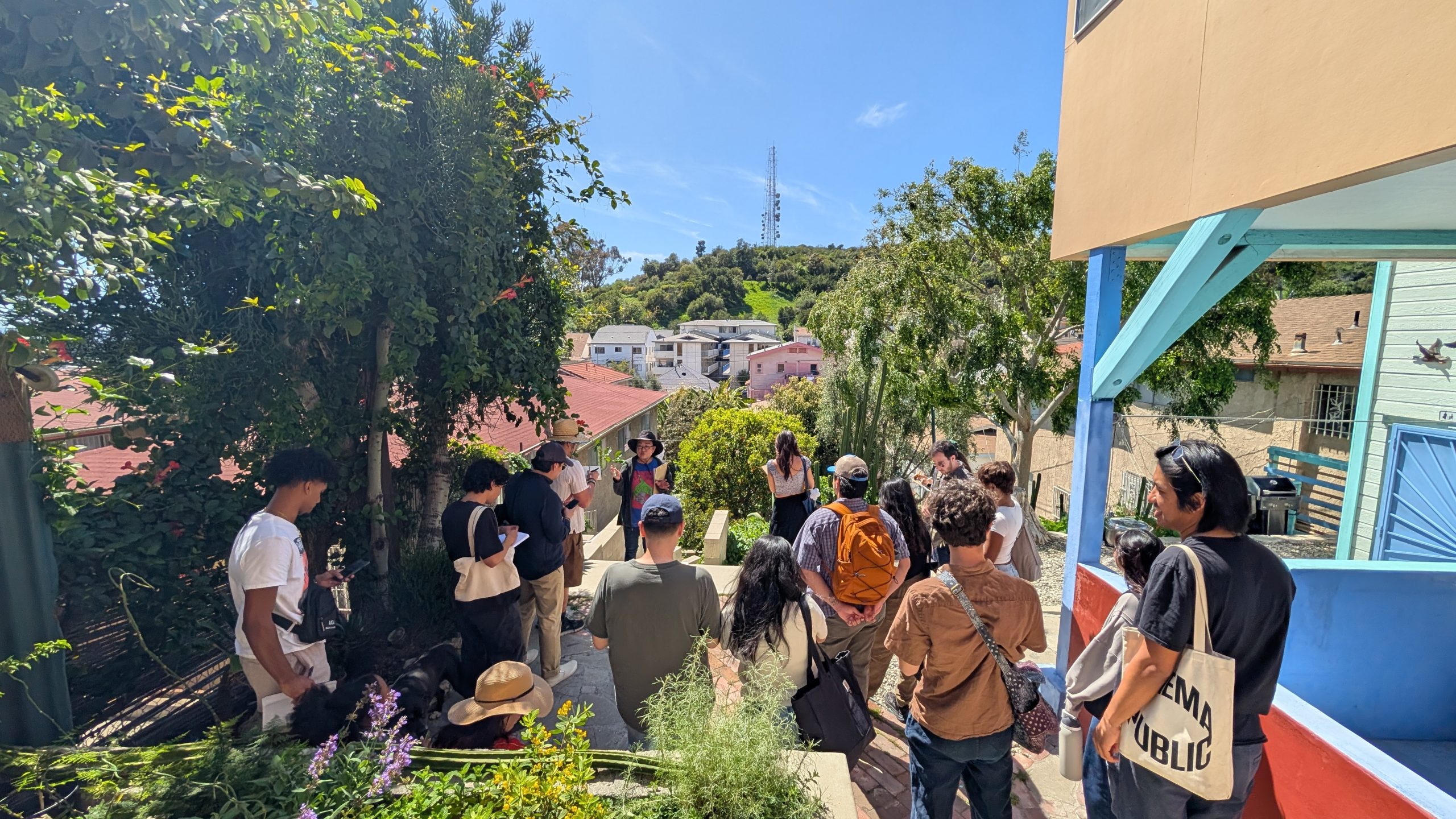
Lewis fellows explore housing and homelessness solutions
By JOEY WALDINGER
From tenant protections in rent-stabilized buildings to the realities of mobility among unsheltered people in rural counties, this year’s housing-focused capstone projects reflect diverse policy issues. Whether exploring gaps in existing protections or exploring new solutions, their work underscores the critical role of research in advancing housing justice.
Here’s how three student fellows are tackling the complexities of California’s housing crisis.
Protecting Rent-Stabilized Tenants
Under Los Angeles’s Rent Stabilization Ordinance, tenants in rent-stabilized apartments are guaranteed the “right to return” if they are lawfully evicted during renovations or demolition. Judy Saunders’s capstone shows that despite the right to return and other tenant protections, demolished RSO-units are often replaced by market-rate offerings, and state development incentives may be exacerbating this trend. Judy writes, “although state and city incentives have succeeded in boosting overall planned production, they have not been structured or enforced to ensure equitable outcomes.” This lopsided pattern, driven at least in part by incentive programs, contributes to displacement pressures, and highlights inherent tensions in the implementation of housing incentives. “Without targeted reforms to housing affordability, monitoring mechanisms, and tenant protections, Los Angeles risks exacerbating the very housing inequalities these programs were designed to address.”
Why Unsheltered People Move Across Rural and Suburban Counties
In discourse around California’s homelessness crisis, attention is often focused on the state’s “Big Six” counties and surrounding metropolitan areas. For his capstone research, Zac Clark traveled across California to learn about the reasons that unhoused people in rural and suburban counties cross county lines. Drawing from 65 semi-structured interviews with people experiencing homelessness, Zac identified seven major themes covering the primary determinants for his interviewees’ movement. The most common determinant, family and social networks, complicates policy assumptions that unhoused people “flock” to jurisdictions with more generous services and lenient policies, according to Zac. “Most interview participants moved due to unique personal circumstances, not opportunistic service-seeking reasons,” he wrote.
A New Model for Social Housing?
Social housing programs – broadly defined as programs that treat housing as a human need rather than a commodity – have been implemented in jurisdictions as diverse as Montgomery County, Maryland, and Vienna, Austria. In her capstone project, Eda Suh explores the potential to create social housing in Los Angeles through Measure ULA’s Alternative Models for Permanent Affordable Housing program. Estimates show that between $149 million and $165 million have been allocated to this program, establishing the basis to create a social housing program compatible with L.A.’s specific context. Comparing successful social housing models globally, Eda finds that by implementing strategies like building a sustainable funding network and leveraging cross-subsidization strategy, policymakers and community leaders can create permanent social housing in Los Angeles.
For a full list of projects undertaken by this year’s fellows, visit lewis.ucla.edu/programs/studentresearch/.

